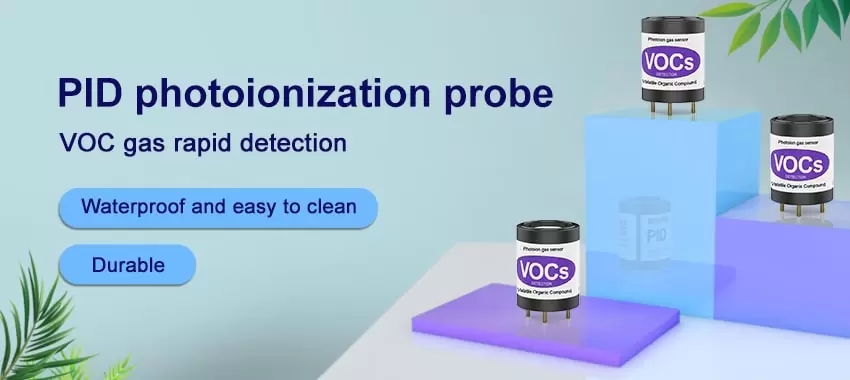In many densely populated urban areas, air pollution has become an increasingly serious problem. With the rapid development of modern cities, the number of vehicles and factories continues to increase, and greenhouse gas emissions are on the rise. As a result, more and more people are exposed to harmful pollutants, which can cause health problems such as respiratory diseases and even lung cancer. To address this issue, smart cities have been using various technologies, including gas sensors, to monitor air quality and improve overall environmental conditions.
Gas sensors are devices used to detect and measure various types of airborne pollutants, including chemicals like nitrogen oxides, carbon monoxide, and sulfur dioxide, as well as particulate matter and volatile organic compounds (VOCs). These sensors work by generating electrical signals that are proportional to the amount of gas present in the atmosphere. They can be installed indoors or outdoors, and they come in different sizes and shapes, ranging from small handheld devices to large stationary units.
One of the main benefits of gas sensors is their ability to provide real-time data on air quality levels in specific geographic areas. This information can be used by city planners and policymakers to identify pollution "hotspots" and develop strategies to reduce the impact of harmful emissions. For example, if a gas sensor detects high levels of nitrogen dioxide near a busy intersection, transportation experts could consider implementing traffic controls or pedestrian zones to reduce the number of vehicles passing through the area.
Another important benefit of gas sensors is their role in educating the public about the dangers of air pollution. By providing data on local air quality in real-time, communities become more aware of the risks of exposure to toxins and can take measures to protect themselves, such as wearing protective masks or reducing outdoor activities during periods of high pollution. Moreover, gas sensors can drive public awareness campaigns aimed at promoting clean energy and sustainable practices, reducing the overall environmental impact of modern cities.
Furthermore, gas sensors can be integrated into smart city networks to drive innovation and create new opportunities for environmental protection. For example, as more areas transition to renewable energy sources like solar and wind power, the use of gas sensors becomes increasingly important in monitoring emissions and optimizing energy efficiency. By analyzing data from gas sensors, engineers can identify areas for improvement and adapt infrastructure to support low-carbon systems.
Smart city initiatives are a crucial step in combating air pollution and promoting sustainable development. With advances in sensors and other technologies, cities around the world are implementing long-term strategies to reduce harmful emissions, protect public health and make urban living more livable. While much remains to be done to fully address the challenges posed by air pollution, the creative use of gas sensors is proving an essential tool in the development of cleaner, healthier communities.
 : +86 155 8830 2704
: +86 155 8830 2704 : jxdziot@gmail.com
: jxdziot@gmail.com
